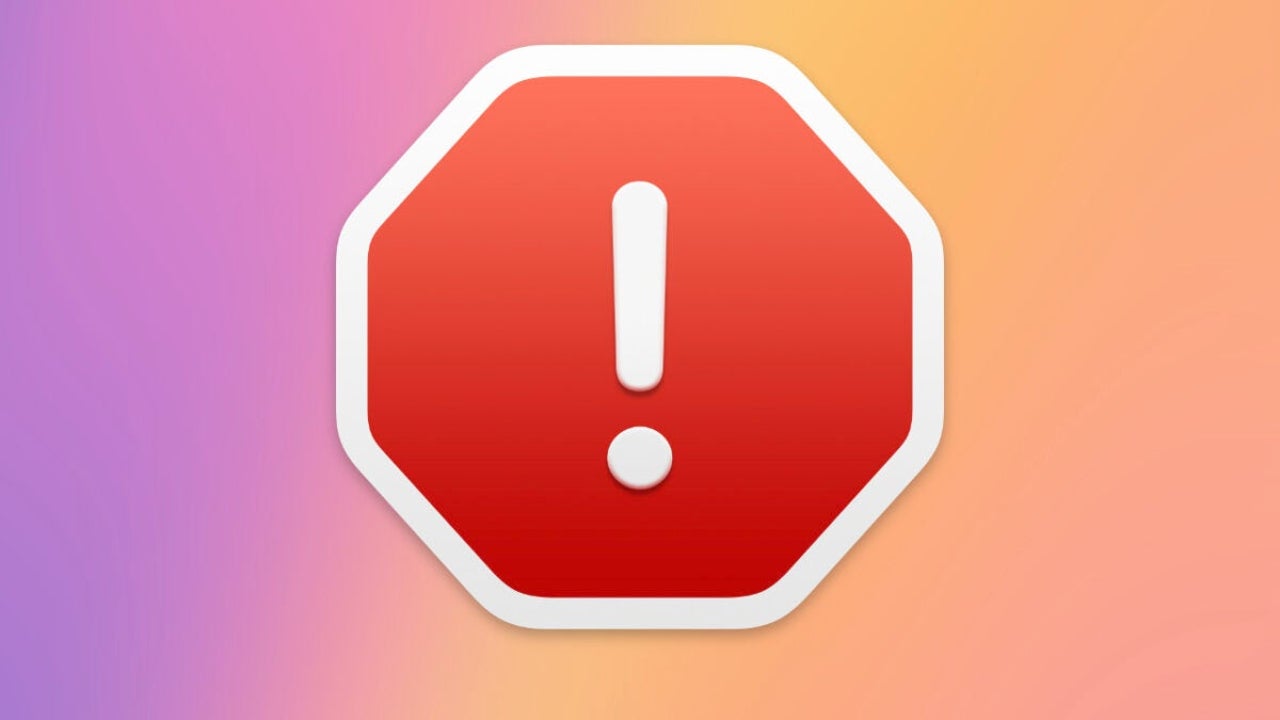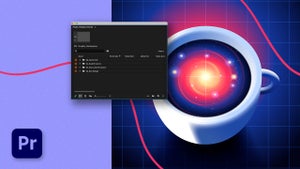News
Mac hacked? Unlikely, but this is how we can check it
Macs are extremely secure, but we can do our part

- November 24, 2024
- Updated: July 1, 2025 at 10:42 PM

That the security of Macs is at the forefront of technology, and that it is exceedingly difficult for us, as Mac users to be victims of certain attacks is completely true. Similarly, inadvertently installing something we shouldn’t install is possible, and that represents a window for potential attacks. Against the actions of a hacker, no system can resist.
For this reason, although Macs are the most secure computers, they are not completely free from risk situations. Do we suspect that a Mac has been hacked or compromised? It is unlikely, certainly, but we can check it. Let’s talk about this in depth.
Is it possible to hack or compromise a Mac? The reasons why it is unlikely
Apple has worked intensively to make Macs extremely difficult to attack. With tools like Gatekeeper, the Secure Enclave in Apple silicon chips, and XProtect as an integrated antivirus, the Mac operating system is among the most secure in the world. The frequent software updates that Apple releases, the integration of security measures in the hardware thanks to the control of hardware and software that Apple has over its products, as well as the regular use of the App Store to obtain applications, contribute to a truly secure ecosystem.
That said, no system is perfect, and occasionally threats arise. There are few that take advantage of security flaws. Partly because Apple fixes them at lightning speed and since macOS Ventura, all Macs install security updates automatically. The cost of these types of strategies means they are reserved for specific targets as part of a targeted attack, not to compromise our humble computers.
How to know if our Mac has been hacked or compromised?
Although it is unlikely, if we suspect that our Mac might have been compromised, there are some key signs we should look for to confirm our suspicions.
- Unexpected performance: If our Mac behaves strangely—for example, it becomes slower than usual, applications crash for no apparent reason, or the fan is running at full power without a clear reason—it could be a symptom of malware or even an attempt at cryptojacking (an attack that uses the computer to mine cryptocurrencies).
- Unusual network activity: We can open the Activity Monitor app and check the Network tab. If we notice unusually high traffic when we are not using the Internet, it may be a cause for concern.
- Strange notifications or messages: If we receive alerts about logins to accounts we do not recognize or notice more intrusive and suspicious ads appearing, this can also be a sign that something is not right.
- Altered settings: It is also important to check Sharing in the System Settings (or in System Preferences in versions prior to Ventura). Make sure that options like Screen Sharing or Remote Management are not enabled without your knowledge.
It should be clarified that none of the above signals is conclusive on its own. More than one of them is something we should take into account. Let’s also reflect on what is happening on the computer, for example with performance or network activity, as the cause of the situation could be legitimate apps that we have running.
That said, these situations are indeed a cause for some alert, but not alarm. In any case, let’s do a couple of things to see if the situation persists. The first is to update the Mac. An error at this point or a repeated failure of the update could indeed be considered quite suspicious. Otherwise, we will ensure that the computer works better. A simple restart, closing all the applications we have open, is also something we should consider to see if the solution improves on its own.
We cannot dismiss the use of some security tool or talking to an expert in the Apple ecosystem to clarify doubts. In any case, as I myself have had to explain on more than one occasion to people who consult me, security is something that starts with good practices.
What measures to take to protect ourselves?
Although this is not an article about short-term solutions, there are several good habits and practices that will help us keep our Mac’s security intact. Note that all of them revolve around our actions, as these are the primary sources of risk. So, what should we do? These are the main recommendations:
- Download software exclusively from reliable sources, such as the App Store or, if not possible, the official pages of the developers. This greatly reduces the risk of downloading malicious applications.
- Avoid clicking on suspicious links. Phishing emails or messages with strange links are one of the most used tactics by attackers. Simply ignore them.
- Protect our data with strong and unique passwords, and store them in the Password app. Do not leave passwords carelessly in Notes or text documents.
Ultimately, protecting our Mac is something we can do easily. When in doubt about an action, such as downloading a new app, a suspicious update, or a dubious email, it’s best to stop, reflect, and if we are not absolutely certain, halt the entire process. Rushing is one of the mechanisms for an attack to succeed, because if we feel at risk, decisions can be affected. So, always: stay calm. Our Macs are secure by default.
Architect | Founder of hanaringo.com | Apple Technologies Trainer | Writer at Softonic and iDoo_tech, formerly at Applesfera
Latest from David Bernal Raspall
You may also like
 News
NewsThe 15-Minute Project Setup: Building and Using Custom Project Templates in Premiere Pro
Read more
 News
NewsAdobe Campaign Launch
Read more
 News
NewsJames Gunn solves one of the biggest dilemmas for Batman fans
Read more
 News
NewsThe producer of the 'Sonic' movie is already planning the 'Call of Duty' one
Read more
 News
NewsNobody is interested in NFT-based games, and Ubisoft has paid the price (deservedly)
Read more
 News
NewsYour mother was right: playing a lot of video games is not good, according to a study
Read more